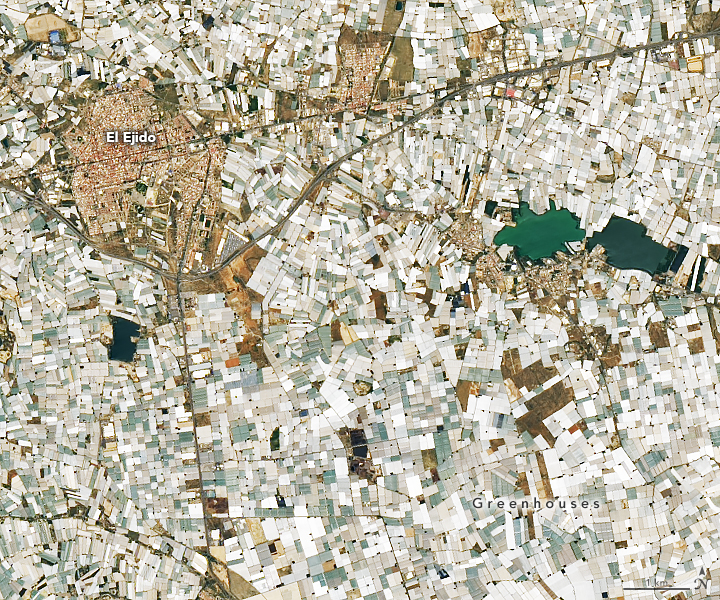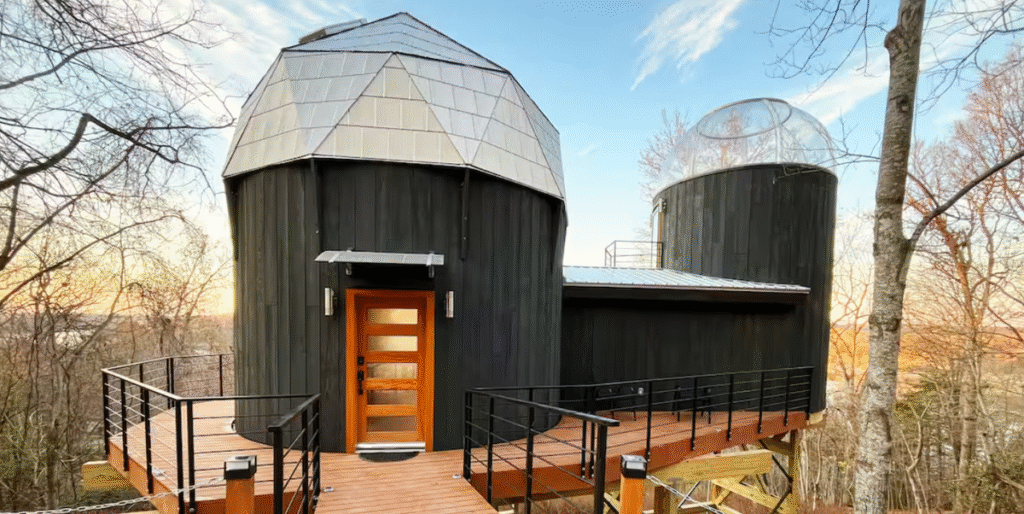For centuries, humans have marveled at structures that seem to defy logic, with the Great Wall of China and the Pyramids of Giza often topping the list of landmarks visible from space. Yet, in the 21st century, there’s another contender for that title: the sprawling network of greenhouses in southeastern Spain. Stretching across more than 40,000 hectares, this man-made wonder has reshaped the landscape in ways that are both innovative and controversial.
Transforming Arid Land into a Global Food Source
Located near the town of El Ejido in the province of Almería, the vast sea of plastic greenhouses has become one of Europe’s most significant agricultural regions. These greenhouses are primarily used to grow vegetables such as tomatoes, peppers, cucumbers, and melons. The region’s transformation began in the 1950s, when farmers began using plastic to protect crops from the harsh, dry conditions and salty groundwater. The success of these initial experiments led to the widespread adoption of greenhouse farming throughout the area.
Today, Almería is one of the largest producers of greenhouse-grown vegetables in the world, exporting millions of tons annually. The greenhouses, with their reflective white plastic roofs, are so prominent that they can be seen from space. According to NASA Earth Observatory, their shiny surfaces reflect sunlight, creating a visual spectacle visible even from orbit.


A Cooling Effect: More Than Just a Food Hub
The greenhouses’ reflective roofs have another, less expected consequence: a localized cooling effect. NASA’s data, gathered from satellite sensors, indicates that between 1983 and 2006, the region’s surface temperature dropped by 0.3°C per decade, while the surrounding area experienced a warming trend of 0.5°C per decade. This cooling effect is a direct result of the roofs’ high reflectivity, which contrasts with the warming impacts of global climate change.
While the cooling effect may seem like a positive environmental development, the environmental costs of this agricultural powerhouse are complex. The region’s dependence on plastic, the intensive farming practices, and the massive water consumption raise concerns about sustainability. As more land is covered with greenhouses, questions about the long-term impact of this expansive plastic coverage on the ecosystem continue to grow.
Innovation at a Cost
The greenhouses’ success has not come without its challenges. Although the plastic coverings were initially intended to protect the soil and retain moisture, their widespread use has led to significant environmental concerns. One of the biggest issues is plastic waste. Over time, the plastic roofs degrade, contributing to the growing problem of waste management in the region. Furthermore, the heavy water usage required for agriculture in an already arid environment places additional strain on local resources.
Despite these challenges, Almería’s greenhouses have become a symbol of human ingenuity, representing a radical solution to agricultural production in one of Europe’s driest regions. Yet, as the greenhouses continue to expand, it remains unclear whether the long-term environmental costs will outweigh the benefits.
The plastic sea of Almería offers a striking example of how humans can alter their surroundings to meet pressing needs. But it also serves as a reminder of the delicate balance between progress and environmental sustainability.



